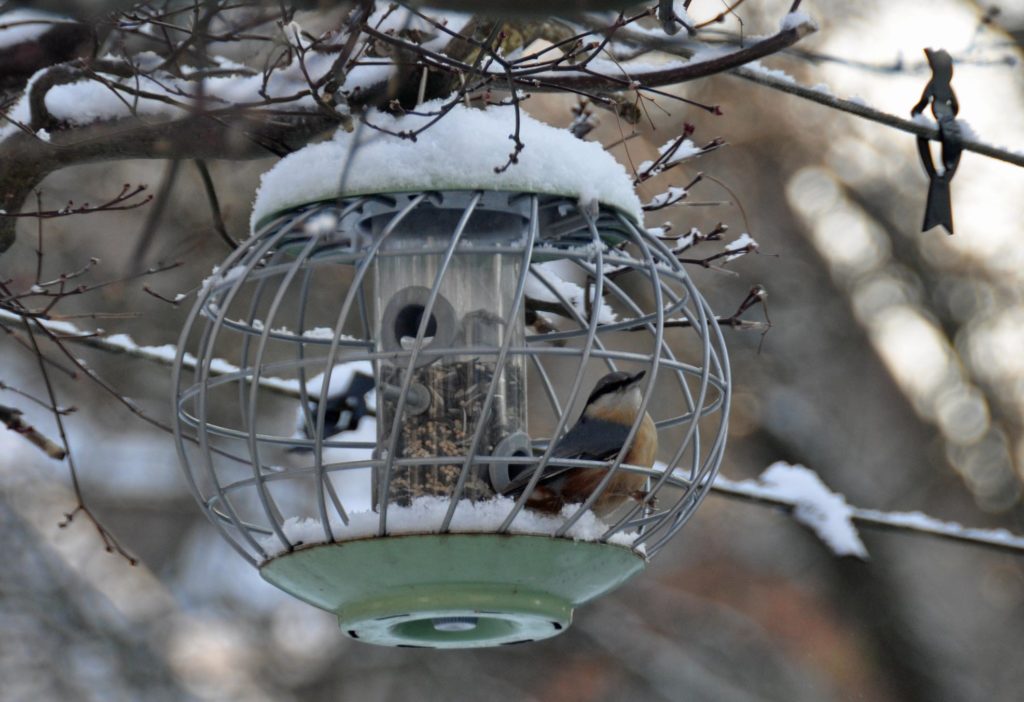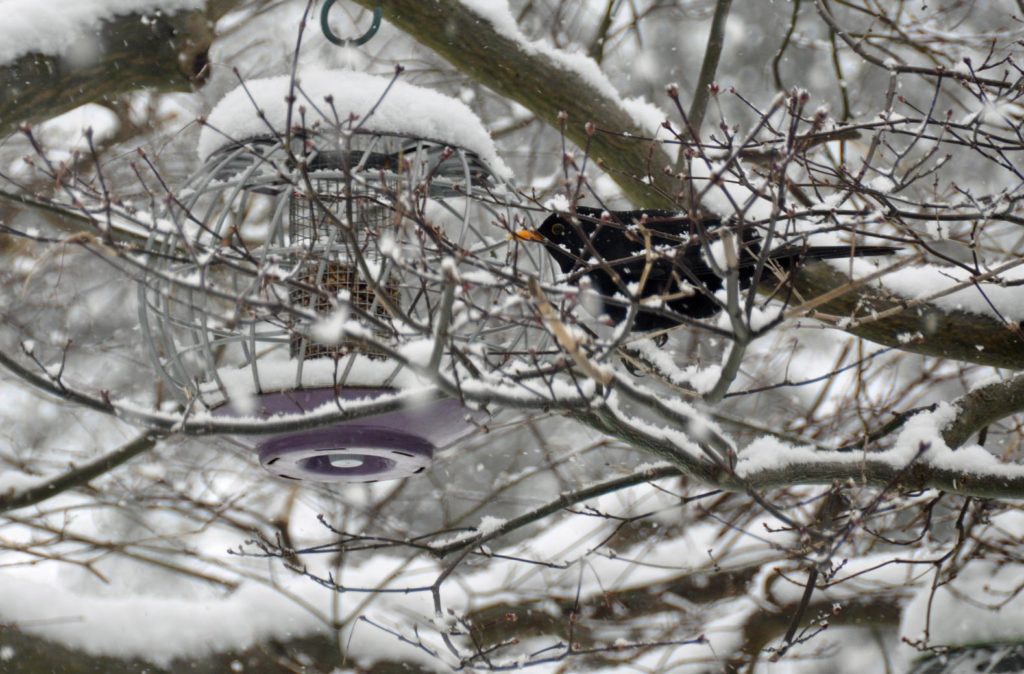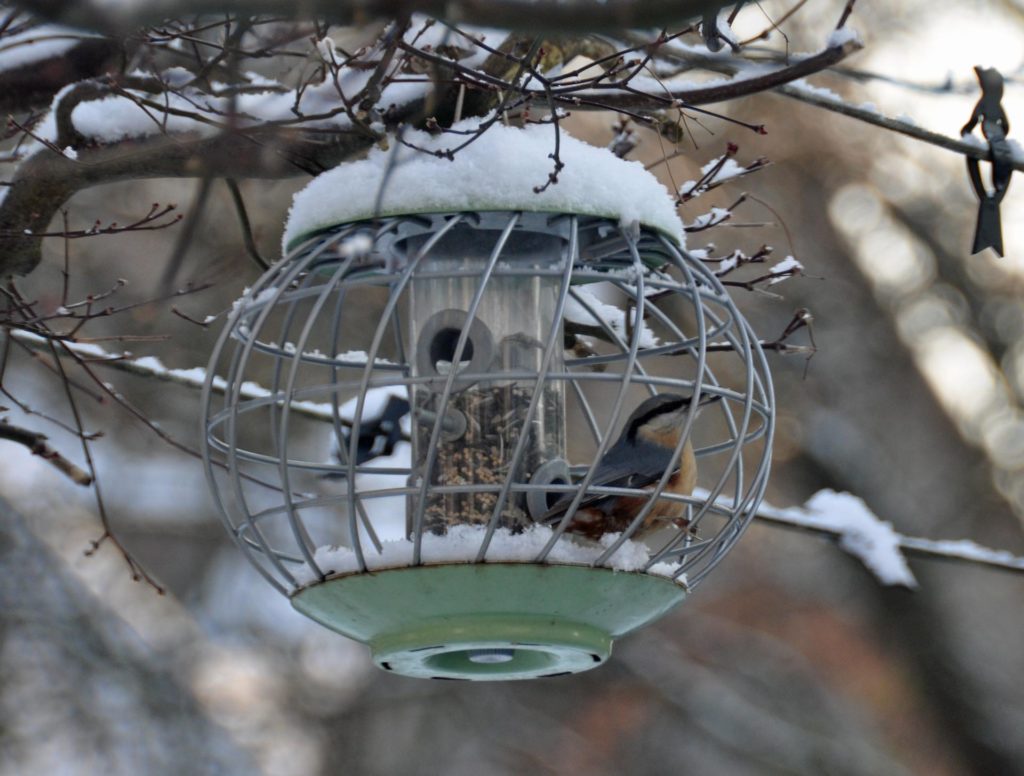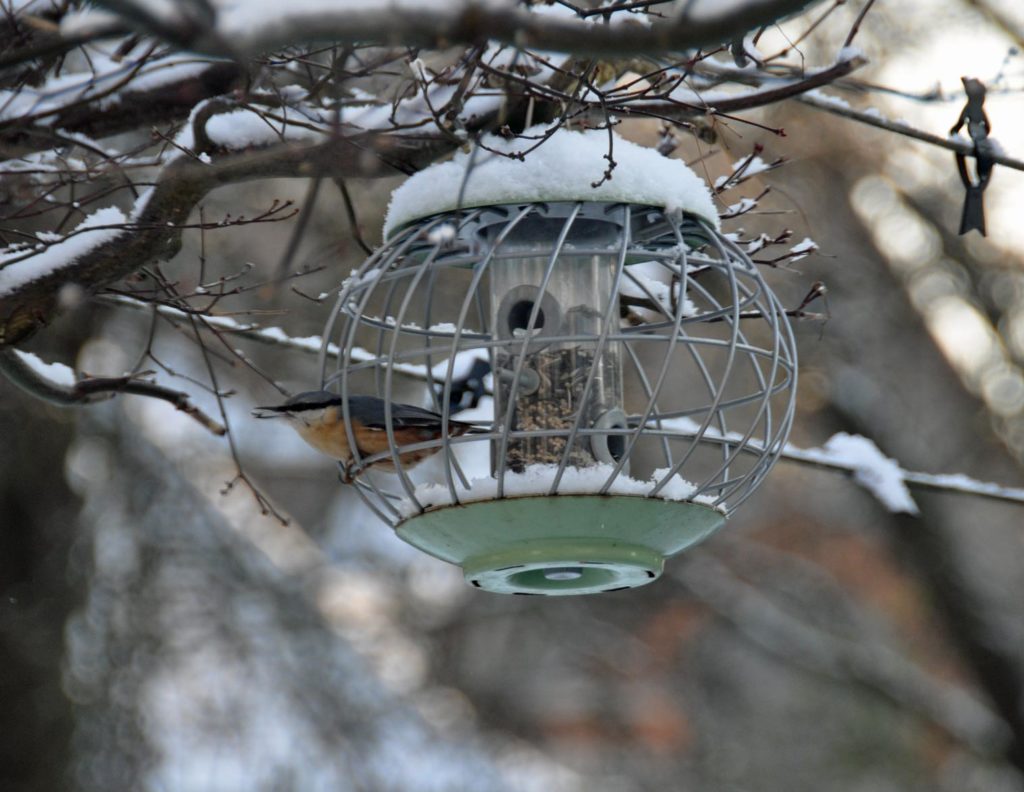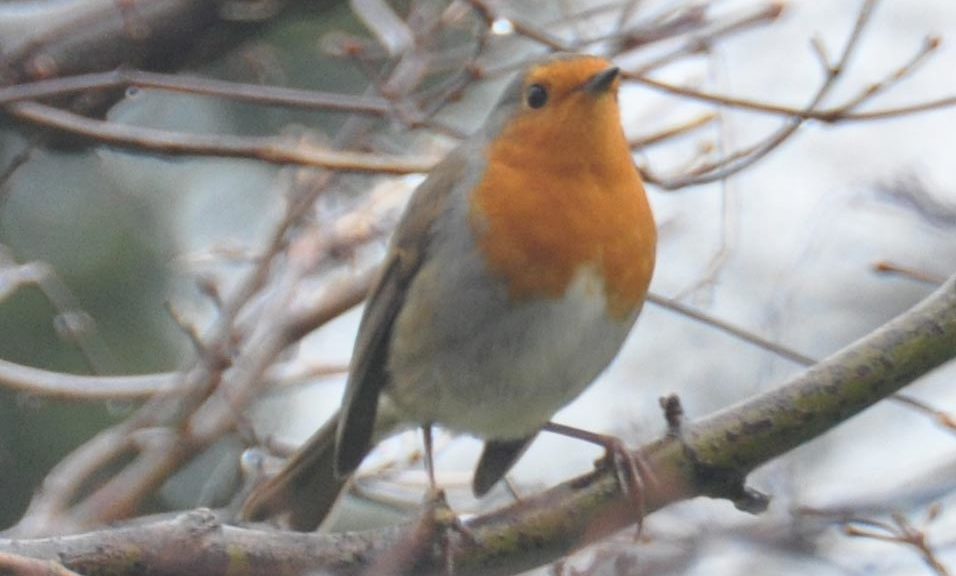I was going to title this post “Confessions of a NL Housewife” and decided that the resultant commentary was the last thing I needed to deal with whilst debating the relative merits of upgrading my site security and doing beggar all. Maybe substituting dithering for confessions would be more accurate anyway.
I love cooking, but never follow a recipe book. It’s not quite a confession. It could actually be a bit of a humble brag, except I always start out thinking I’ll follow the recipe and obviously love recipes and recipe books. I have tons of the things on my shelves and my own dedicated recipe box on the NYTimes site (really recommend the latter for anyone who hates losing recipes on-line).
In fact I’m always really disappointed to realise I can’t follow the recipe, inevitably because something is missing. Even if I have bought the ingredients carefully and comprehensively on-line, by the time I get around to it either a key spice has lost itself at the back of the cupboard or the kids (or man) have eaten the new fruit or vegetable “just to see what it was like”
And in part the problem is timeliness. I start out ordering the ingredients early in the week but the food is delivered on a Friday, which means cooking on a weekend or alternatively, eating out or cooking something simple because life is too busy, so it’s almost always a week or three after the ingredients are bought and delivered that I finally get around to cooking.
Which also means sometimes things are just past their best so an alternative is called for.
I’m a pretty rubbish gardener as well, despite loving the whole idea of a garden and certainly the sitting out in the shade. So I’ll order my bulbs, my tulips and alliums, and then when they arrive six months later have totally forgotten what to do with them. There is a plan, but who knows what it once was.
And sometimes this ends up with a surprise success. Having bought white/purple pansies last Autumn that failed entirely to appear all Winter-Spring but suddenly showed their faces in time for the Summer and have totally made work a white-purple-pink colour scheme, so well that I might just try to stick with it for the next forever.
But it also means that plants sometimes turn up and although I’m almost certain that I’ve planted them, I have no idea what they are. I am almost certain that the triffid like creatures popping up at the end of the pink rose bed are actually huge foxtail lilies that I planted a year or so ago. They never really turned up for the party after planting. Maybe the garden was too wet (or more likely too dry) that year and maybe the squirrels moved them about a bit (beggars).
But when I can bring myself to stick to a plan, which usually means the plan isn’t too long term, then I still am stuck waiting. because gardens almost always take a couple of years or ten, to settle into their skin. Whilst some of my plants like the perennial wallflowers singularly fail to die off in their allotted time (2 years or so) others such as the rose and underplanted salvia will take three to four years before showing signs of maturity.
Patience is a gardening asset that I may never own.
Yet I still love the garden and pottering around in it doing the nicer bits (no one likes cutting hedges except very inadequate men – and yes I do know it’s a gross stereotype but it’s held true for me). So when my 83 year old friend suggests I should open the thing for charity on one of those afternoon sessions, I’m tempted.
Then she poor water on my enthusiasm by pointing out that everyone who visits is incredibly critical. Your edges must be trim and there must be a total lack of weeds: my garden never saw a trim edge or the back of campion and dandelions so perhaps it’s a non-starter. Alternatively I could just title it “Dry as a bone, lazy garden” and be up front about my limitations.
Since the conversation was somewhat downed by a comment along the lines of “But I probably won’t live to see it” from my very sprightly 83 year old friend, we lost a bit of momentum there: I’m not ready for my best mates to die of old age. No one said this intergenerational thing would be easy, but surely their part of the deal is to live forever?
Maybe it could become a project. We both love a good project and as a minimum it would involve sitting in the garden quite a lot with her giving excellent advice on how to get rid of weeds and sharpen my border edges. If she’s really unlucky, I might even serve her some lunch with one of my new recipes.













